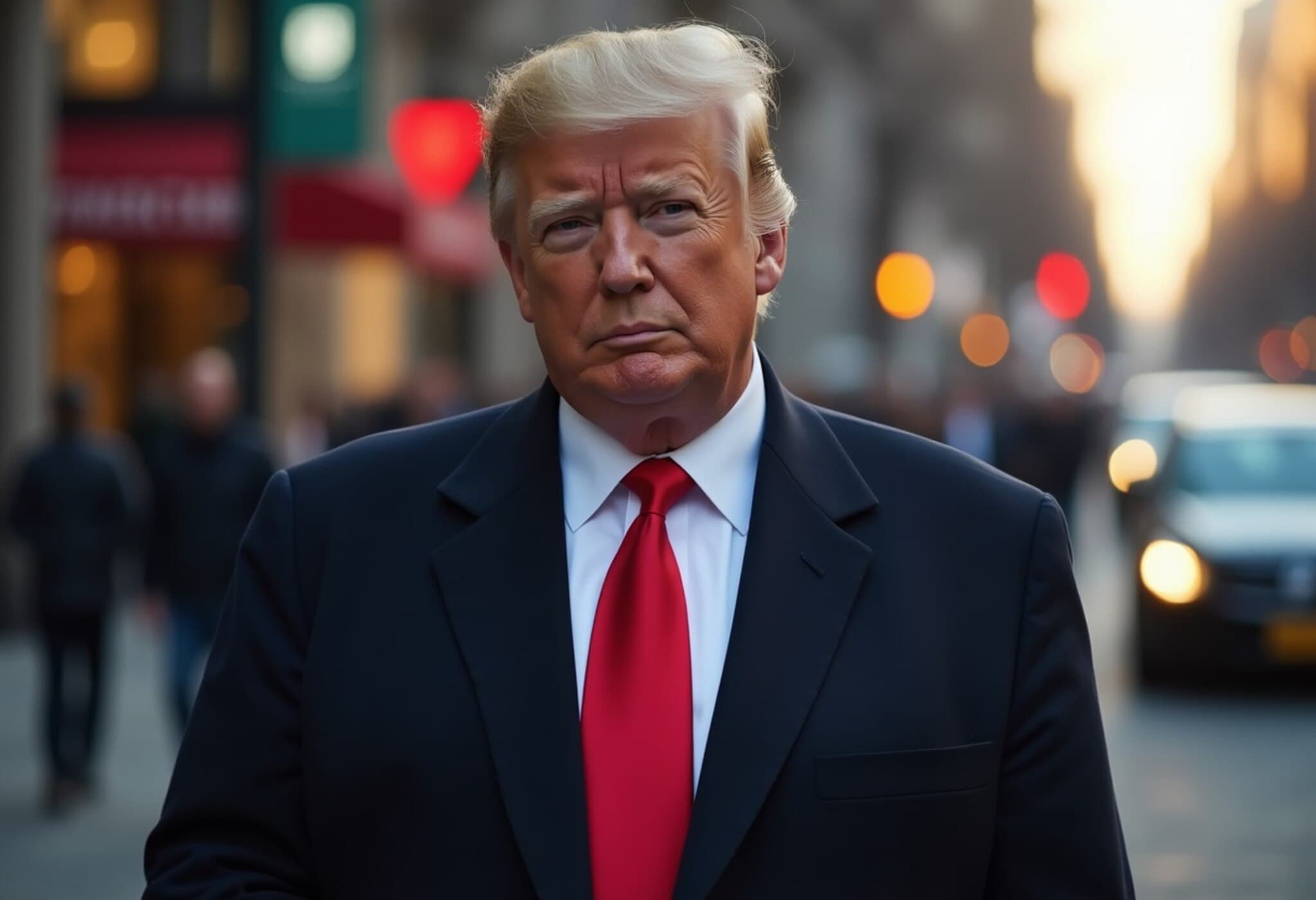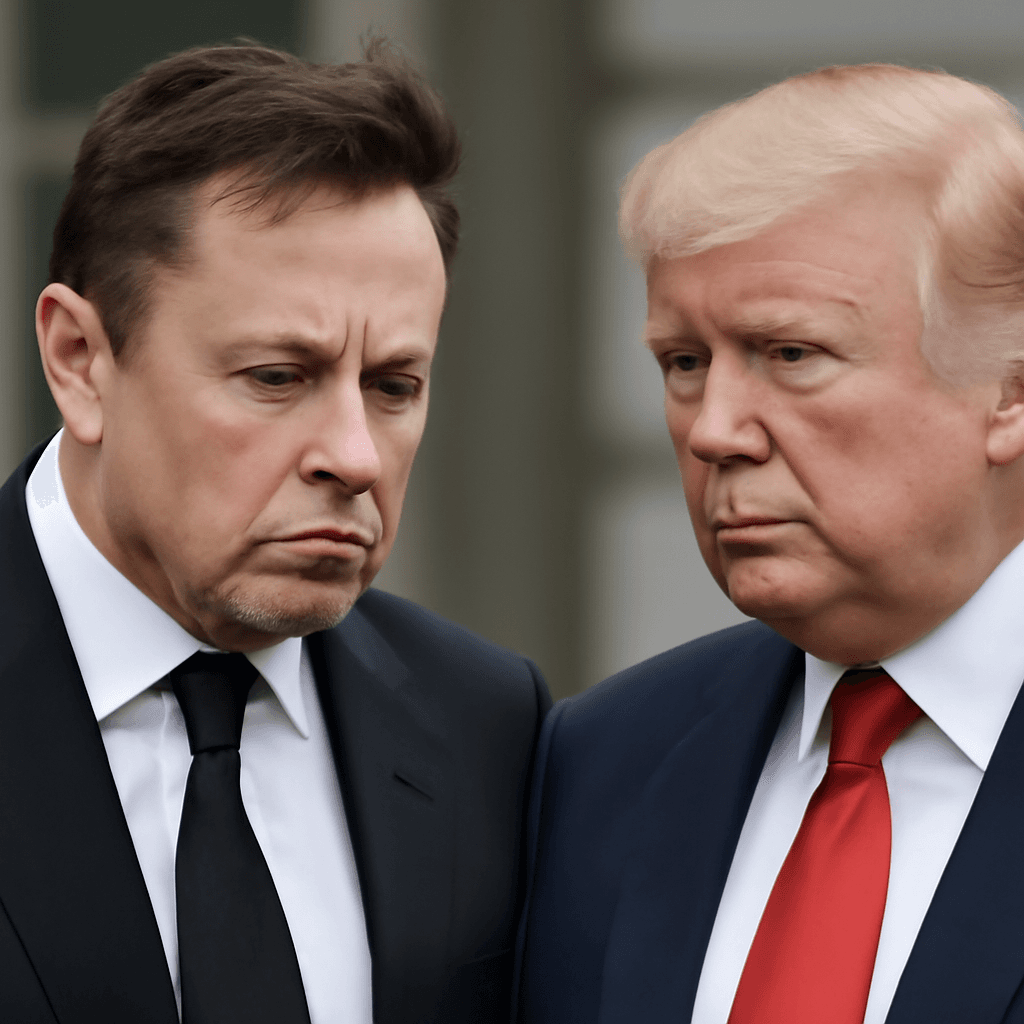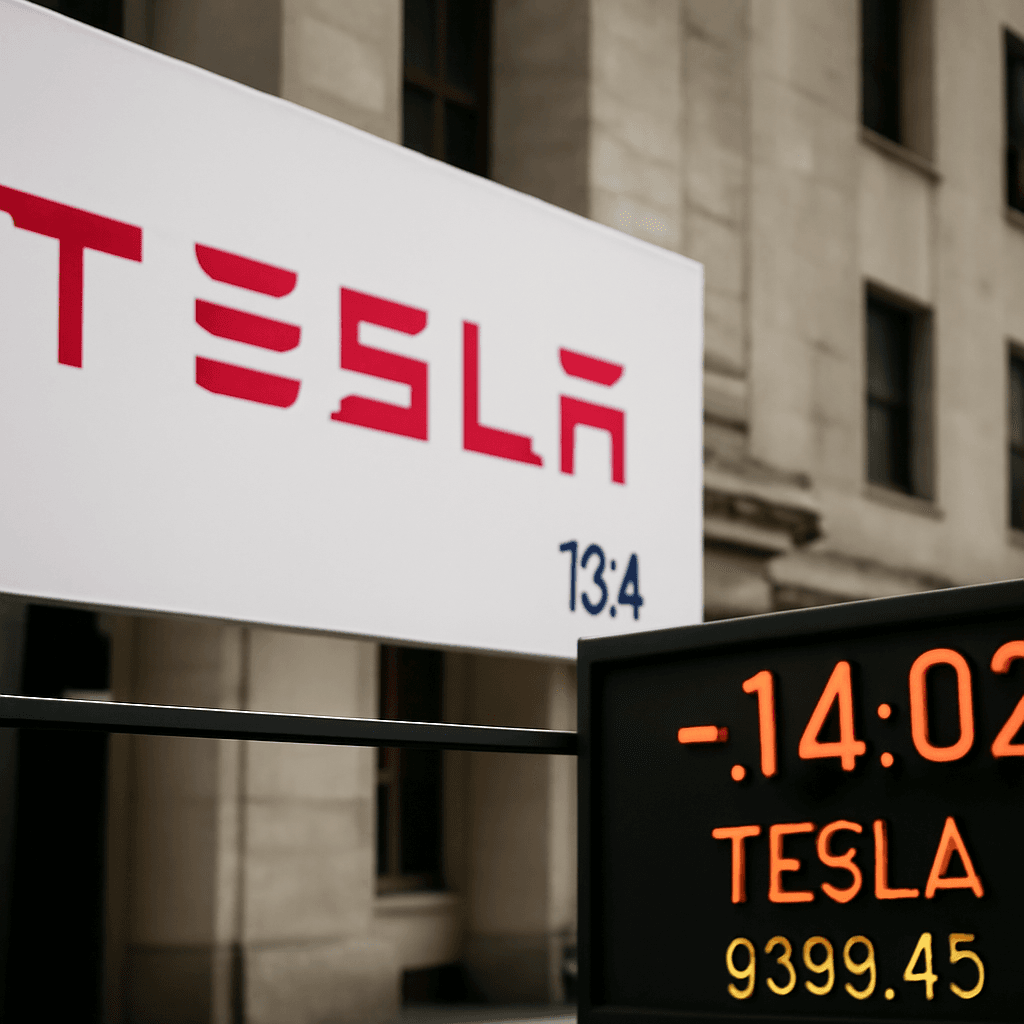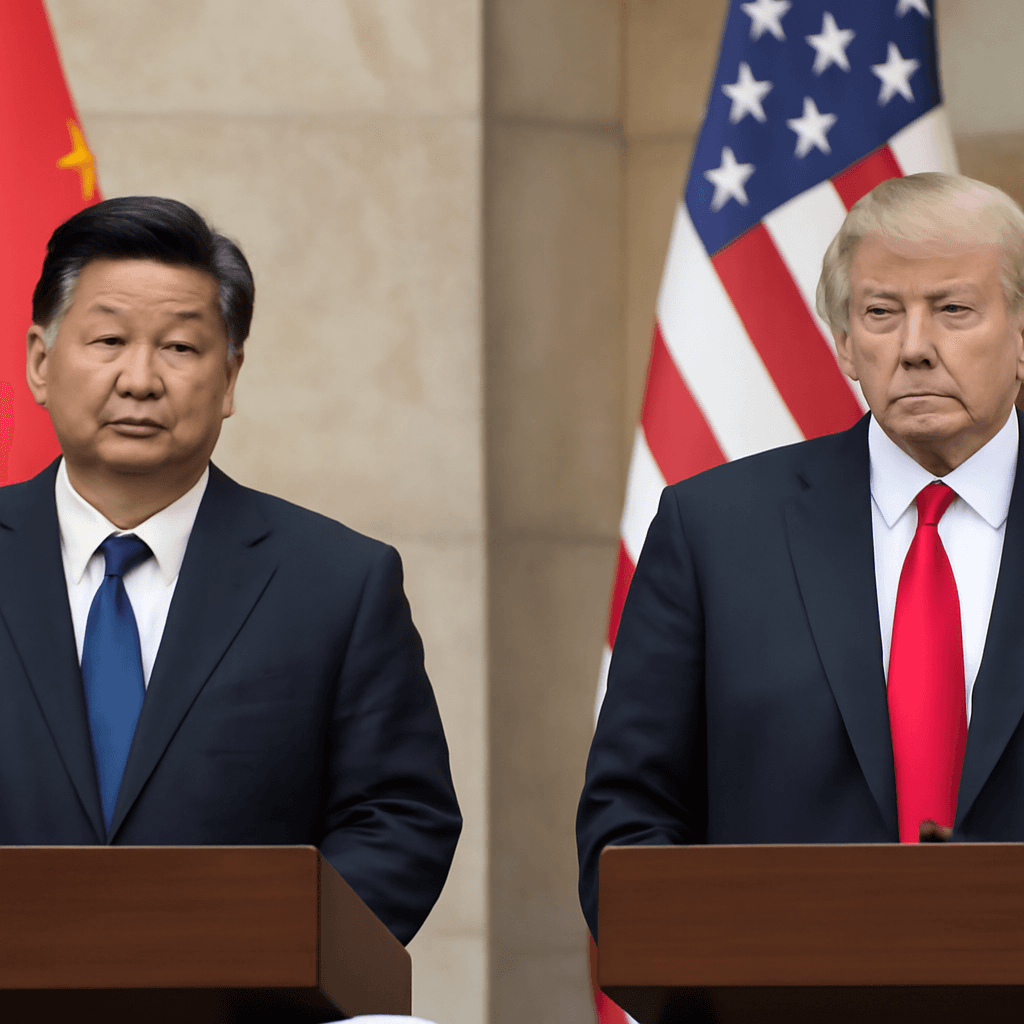China's Rare-Earth Magnet Exports to U.S. Surge Amid Supply Chain Jitters
In a dramatic shift that underscores the strategic tug-of-war between the world's two largest economies, China’s exports of rare-earth permanent magnets to the United States soared by more than seven-fold in June compared to May, according to newly released customs data. The U.S., heavily reliant on these critical components for cutting-edge technologies like electric vehicles, wind turbines, and medical imaging devices, received approximately 353 metric tons of rare-earth magnets — a staggering 660% increase from the prior month.
Rare-Earth Magnets: The Hidden Backbone of Modern Technology
Rare-earth magnets, chiefly made with neodymium-iron-boron, are essential in powering numerous advanced industries. From the electric motor in your Tesla to the giant blades of offshore wind turbines, these magnets enable high efficiency and compact design. Yet production and refining of these materials is currently dominated by China, which wields a near-monopoly in the global supply chain.
Supply Squeeze Triggers Industry Alarm
Earlier this year, Beijing imposed stringent export controls requiring companies to obtain licenses for shipments of rare-earth magnets, a move widely regarded as retaliation against U.S. tariffs implemented during the Trump administration. This sudden regulatory barrier led to significant shortages in supply, disrupting American manufacturers and prompting bottlenecks for several industries.
- European auto-parts suppliers reported operational slowdowns.
- Emerging sectors like humanoid robotics saw production delays — notably, Tesla’s Optimus robot manufacturing was impacted.
Such disruptions spotlight the strategic vulnerability of depending heavily on a single supplier nation for critical technological components.
Trade Truce Spurs Export Surge
The sharp rebound in Chinese shipments came after a tentative trade de-escalation between Washington and Beijing, agreed upon just last month. The agreement included easing some of the export controls on Chinese rare-earth magnets as well as a rollback of certain U.S. technology export restrictions to China.
This trade thaw has encouraged Chinese magnet producers, who reportedly secured a wave of export licenses in June, to ramp up global deliveries. Yet, it's important to note that June’s exports, while up from May, were still nearly 38% lower than the same period last year, hinting at underlying trade tensions and lingering restrictions.
Germany Leads as Top Importer; U.S. Follows
Data shows Germany outpaced the U.S. as the largest recipient of Chinese rare-earth permanent magnets, reflecting Europe's strong manufacturing base, especially in automotive and renewable energy sectors. Nonetheless, the U.S. remains a critical player, relying intensely on imports to sustain its tech and industrial growth.
Efforts to Diversify and Recycle: A Long Road Ahead
Recognizing the risks of overdependence, the U.S. and other countries have intensified efforts to diversify rare-earth supply chains. However, experts caution that establishing viable alternatives to China's dominance won’t be quick or easy.
Yue Wang, senior consultant at Wood Mackenzie, explained to CNBC, "The rare-earth separation process is highly complex, and decades of Chinese investment have created robust advantages that others struggle to replicate."
Meanwhile, companies like Apple have begun investing in rare-earth recycling facilities within the U.S. to reduce reliance on raw imports. For instance, a recent partnership between Apple and a leading U.S. miner aims to bolster domestic magnet recycling capabilities — a promising but gradual solution.
Strategic Implications and Economic Leverage
Financial analyst Peter Alexander of Z-ben Advisors highlighted in a CNBC segment that Beijing’s leverage in negotiations reflects how indispensable Chinese rare-earth exports are to American technology supply chains. The recent easing of trade restrictions symbolizes a reluctant concession by Washington to maintain access to these critical materials without jeopardizing other geopolitical interests.
Looking Ahead: Fragile Supply Chains and Global Competition
As the global race for clean energy, advanced manufacturing, and AI-driven technologies intensifies, securing a stable, diversified supply of rare-earth magnets will be pivotal. The recent surge in imports from China may provide short-term relief, but underlying geopolitical tension and supply chain vulnerabilities remain potent challenges.
How will the U.S. balance its urgent industrial demands with strategic independence? Can recycling and domestic production scale fast enough to mitigate risks? These questions will shape the trajectory of technology and economic security in the coming decade.
Editor's Note
China’s dominant position in rare-earth magnet production reveals a broader lesson about globalization and technological sovereignty: critical supply chains are not immune to geopolitical friction. While temporary trade agreements ease immediate pressures, a strategic vision toward supply diversification, recycling innovation, and international cooperation is essential. For American policymakers and industry leaders alike, the current surge in imports is both a reprieve and a warning — the imperative to build resilient supply chains is more urgent than ever.














